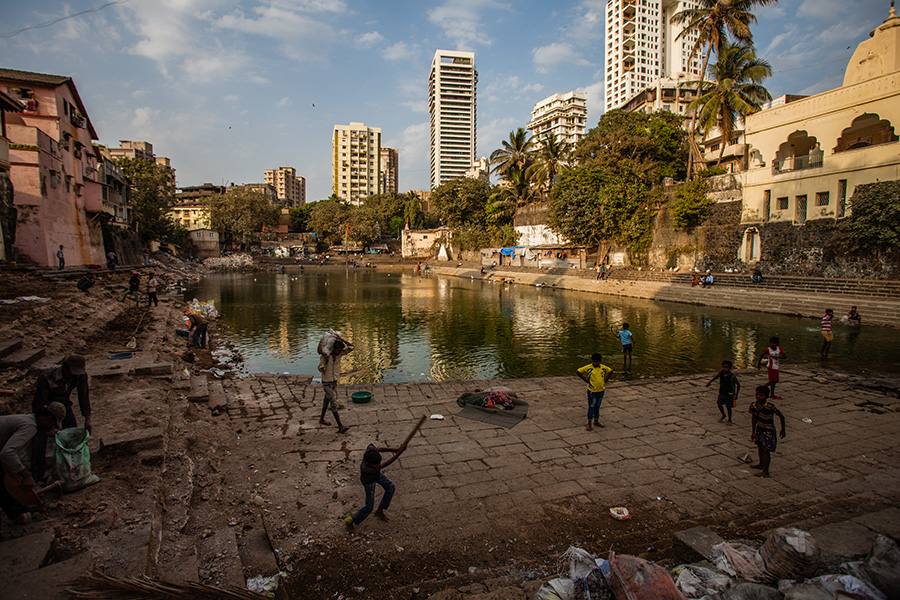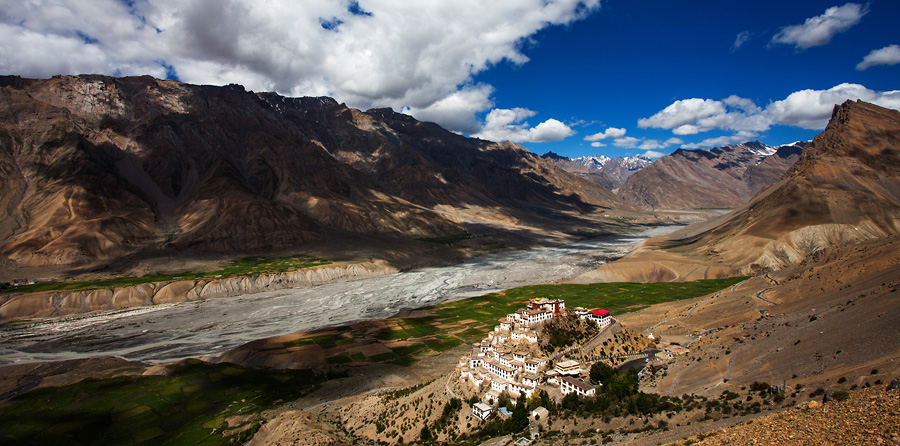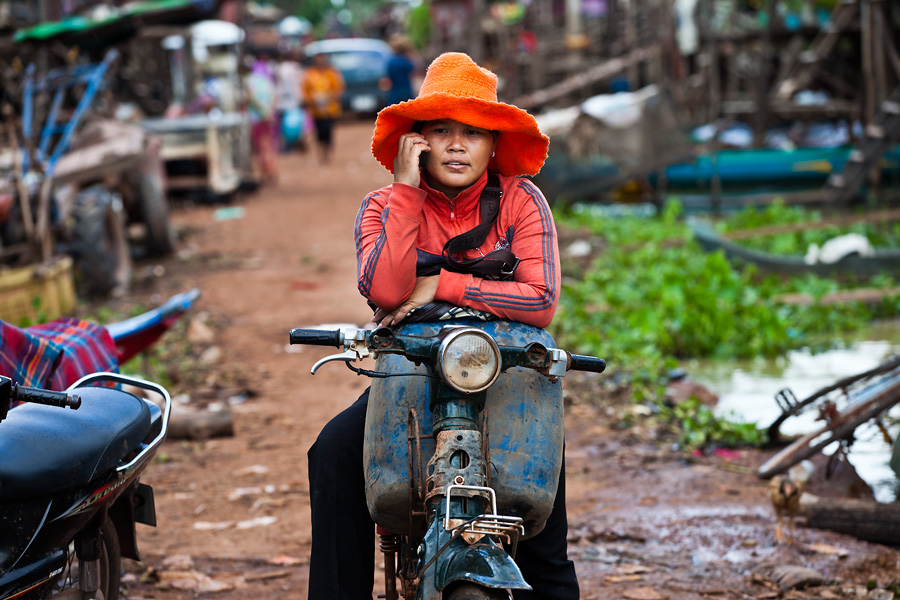I was in Mumbai earlier this month, and it was the first time I photographed the city’s outdoors. Few places can offer such diversity to a street/outdoor photographer as Mumbai does, thanks to it’s sheer size and contrasts.

Although this is not my first visit to the city, this is the first time I noticed how tall do Mumbai’s buildings seem to rise, in whatever little space available. I have seen many images of Mumbai with skyscrapers looming in the background and had assumed that they exist in the photographs by choice (of the photographer’s composition). They seemed to fit well in those compositions. During this visit to Mumbai, I realized that if your image has Mumbai’s skies, it is very unlikely that there are no skyscrapers, no matter which part of the city it is!
An image of Ki Monastery in Spiti Valley, Himachal Pradesh.

This photograph, to me, was a lesson on new perspectives in photography. Most photographs of this monastery I have seen are made from Ki Village, a hundred meter below the crag along the same face of the mountain.
I have visited the area half-a-dozen times and am fairly familiar with the region. During these visits, we had found a rather beautiful perspective from the other side of the valley, and enjoyed photographing the monastery along with a high snow-peak behind it. Often when we shot that perpective, clouds hovering above created a drama of light and shade and enhanced the images a great deal. The result was much better than the standard photograph shot from the village.
I was very content with this shot. But then, contentment is a sign of stagnation, especially in the fast-paced world of photography. And it took me an old photograph, seen in a hotel, to shake me out of contentment. It was a poster of the monastery, and the image was perhaps shot before digital photography came into place (the colours in the print made it evident that it was shot using film). This one was made from the same face of the mountains as the Ki Monastery and the village, but from well above the monastery and overlooking the beautiful valley and Spiti River. It was a perspective I had never seen before. And more importantly, it was the most breathtaking image of the monastery I had ever seen, giving an excellent understanding of the environs in which it was located.
I had to try it out. I have never been shy of imitating great work. On the other hand, I do believe that imitation is a great way to learn and get better. But the key is to not stop with imitation, but improvise and move beyond, and introduce new ideas. More important is to assimilate the ideas behind those compositions we imitate and use those ideas in future, rather than see this as copying one image at a time.
Here is this image, imitating that beautiful photograph from an unknown photographer. It’s not an exact replica, but a similar image made in a way I prefer to compose it.
That night, we went out again and photographed the monastery under the stars, adding a few more perspectives of Ki Monastery and the mountain landscapes around it.
This photograph was made in a small village at edge of Tonle Sap Lake. It was a sunny afternoon and I was walking with my Cambodian friend along the narrow street that connected practically every house in the village. Houses on both side of the road were built on stilts to make room for rising water levels during the high season. At some point, when the village ended and the vast expanse of Tonle Sap began, the road dipped into the water and disappeared. I was standing at the edge of water and watched the life go by. Children played, ran behind each other and splashed water on their friends. Adults went about their daily transactions – some people conversing leisurely with their neighbours, some bringing in fish for sale, some transporting goods on their motorcycles. The one common thread among all of them was the leisurely pace they did things in. No one was in a hurry, no one was anxious and no one looked like they took anything seriously. Most importantly, no one appeared to be worried about the next day and no faces showed creases on the forehead.

At some point, I turned around to look at the road I walked through, and found this charming lady in a saturated orange jacket and a hat riding towards the edge of the water. She, rather her clothes, instantly caught my attention.
Her bike was also of equal interest. The two-wheeler seemed to be counting its days and ready to disintegrate into the earth any moment. And yet, this isn’t the most ramshackle automobile I have seen in Cambodia – they ride bikes in much worse conditions, usually functioning fairly well. Honda Dream is the most popular mode of transport in the country, and perhaps the longevity promised by Japanese automobile companies plays a key role here.


